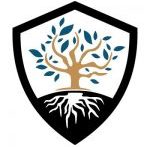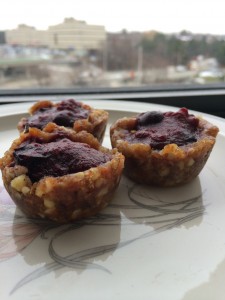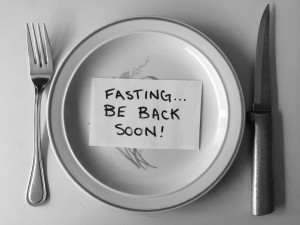 What is an aphrodisiac? What does it do?
What is an aphrodisiac? What does it do?
An aphrodisiac is a substance that increases sexual desire. Aphrodisiacs are assumed to work one of two ways: one is by impacting the mind, and the other is through affecting specific body parts. According to the FDA however, aphrodisiacs do not have enough research to suggest that they actually work, and rather the theory of their use is based on myth. On the other hand, individuals have reported experiencing benefit from their use, both currently and traditionally, making their use of potential interest.
Aphrodisiac Essential Oils
The following is a list of essential oils that have been used traditionally as aphrodisiacs in various cultures:
- Jasmine
- Lavender
- Vanilla
- Ginger
- Cardamon
As suggested above, some of these essential oils have had impact based on their impact on the mind (i.e. the scent causes increased “interest”), while other essential oils have their impact through their physical impact.
Ways to use Essential Oils
Essential oils can be used in a number of ways in order to obtain their aphrodisiac quality. Before using the essential oil, they should be tested on skin, sheets, etc. in a small quantity in case there is a reaction to them. Once you have tested the essential oil, it can be used in various ways including: spraying them on sheets, spraying them in the air, using several drops in a bath, dabbing a small amount on the skin.
Caution with Essential Oils
Please use caution with essential oils. As mentioned above, you should always do a test strip on skin, material, or in the air before using it as some individuals may be sensitive to it. Essential oils should not be used in quantities more than 3-5 drops or as otherwise recommended by your health care provider. In this case, if you were using the essential oil as a spray, you should not exceed 3 – 5 drops in water, for example.
Have you benefitted from reading this blog? Know someone that would benefit as well? Share, Like, Comment, or Tweet this article, and let me know what you think.
Some of the information provided above may not be appropriate for everyone, please consult with your doctor before trying any of the above. If you are interested in Naturopathic Medicine and wanting a different approach to your health care needs, please book an appointment with Elisha Cook at the RSNC (416-498-9763), and let me help you achieve your health goals.

 This recipe is one that I created in an attempt to make a tart that was gluten – free, dairy – free, egg – free, and ultimately free of sugar (I did add some natural sugars though). These tarts are a nice little treat for you sweet-tooths out there who might need a sweet fix during an elimination diet or restricted diet.
This recipe is one that I created in an attempt to make a tart that was gluten – free, dairy – free, egg – free, and ultimately free of sugar (I did add some natural sugars though). These tarts are a nice little treat for you sweet-tooths out there who might need a sweet fix during an elimination diet or restricted diet.